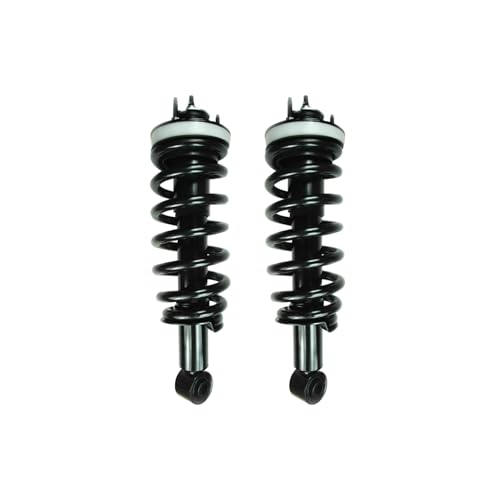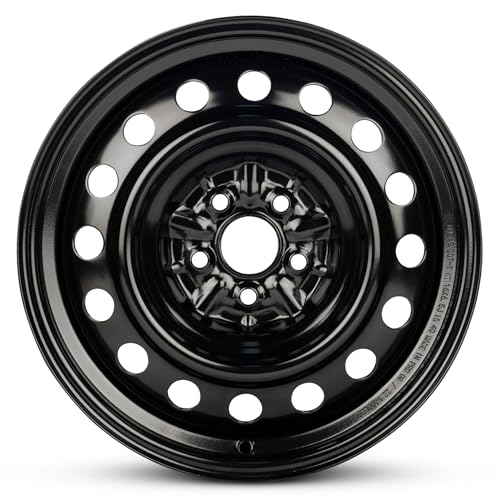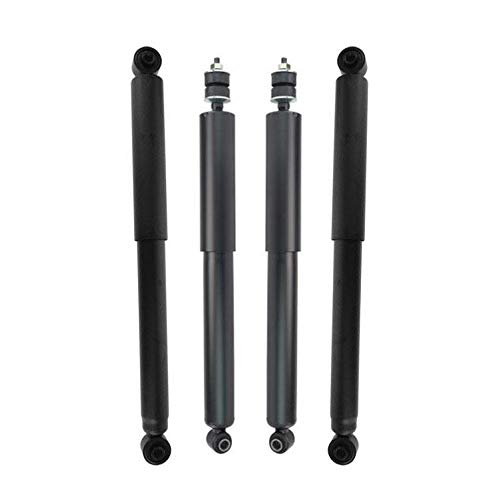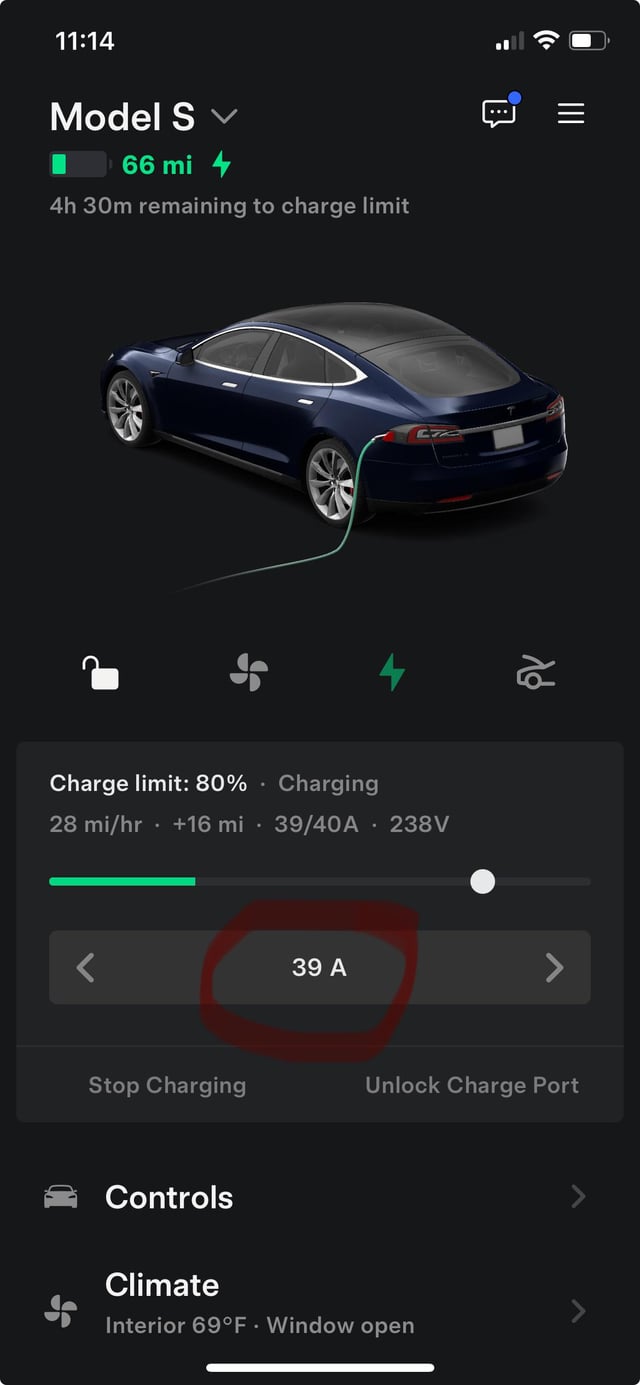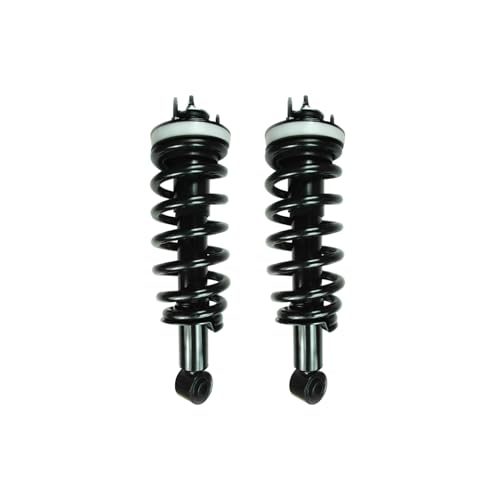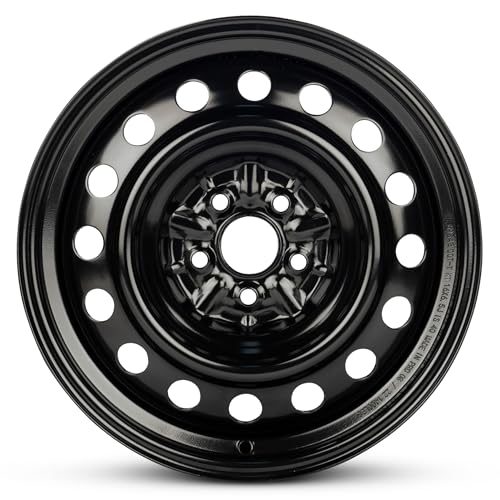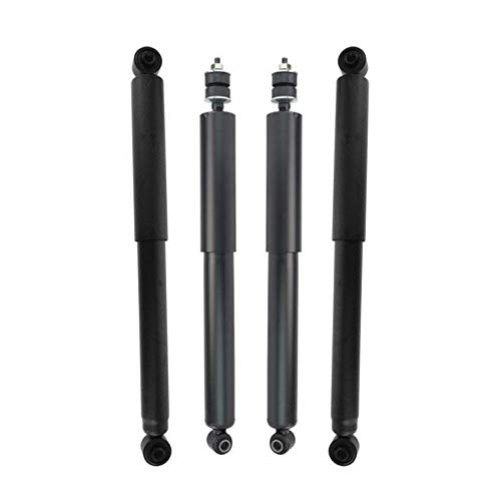Have you ever wondered about the best way to charge your Tesla? You’re not alone.
As a proud Tesla owner, you want to ensure that your electric vehicle stays in peak condition while also optimizing its charging efficiency. But here’s the million-dollar question: is it better to charge your Tesla at lower amps? This might sound like a technical puzzle, but understanding the answer can save you time, money, and even extend the life of your vehicle’s battery.
We’ll break down the intricacies of Tesla charging, exploring the impact of different amperage levels. By the end, you’ll have the knowledge to make informed decisions that benefit both your car and your wallet. Stay with us, because what you learn here could transform your charging habits for the better.
Charging Basics
Charging a Tesla involves more than just plugging it in. It’s about understanding the right settings for your needs. Many Tesla owners wonder about the best amperage for charging. This decision can affect charging speed and battery health. Knowing the basics helps you make informed choices.
Tesla Charging Options
Tesla offers various charging options. Home charging is the most common. It uses a standard wall outlet or a dedicated home charger. Superchargers provide fast charging. They’re great for long trips. Destination chargers are often found at hotels or restaurants. They offer moderate charging speeds. Each option suits different needs.
Understanding Amperage
Amperage refers to the current flow during charging. Lower amps mean slower charging. This can be gentler on the battery. Higher amps charge faster but may increase battery stress. Choosing the right amperage depends on your daily routine. For overnight charging, lower amps might be sufficient. For quick top-ups, higher amps are beneficial. Always consider your driving habits and battery health.
Impact Of Charging Amps
Charging your Tesla at different amps can impact various aspects of your car’s performance. While higher amps mean faster charging, lower amps can offer benefits that might surprise you. Let’s delve into how charging amps affect battery health and charging speed.
Battery Health Considerations
Charging at lower amps can be gentler on the battery. It reduces heat generated during charging, which helps maintain the battery’s longevity. Excessive heat can degrade battery cells over time. Lower amps might slow charging but preserve the battery’s health.
Frequent high-amp charging can lead to faster battery wear. Keeping the battery healthy ensures optimal performance in the long run. A healthy battery retains more charge and offers better driving range.
Charging Speed And Efficiency
Lower amps mean a slower charging rate. This can be less convenient if you need a quick charge. Yet, slower charging can be more efficient for daily routines. It allows for stable power delivery and minimizes energy loss.
High amps charge faster but may not always be efficient. They can cause more electricity waste, especially if charging overnight. Lower amps provide a balanced approach to energy consumption.
Understanding the impact of charging amps helps in making informed choices. Whether prioritizing battery health or speed, knowing the effects can enhance your Tesla ownership experience.
Benefits Of Lower Amps
Charging your Tesla at lower amps can bring unexpected benefits that often go unnoticed. While it might seem counterintuitive to slow down the charging process, doing so can yield long-term advantages that are worth considering. Let’s delve into how lower amps can enhance your Tesla’s battery life and overall performance.
Extended Battery Lifespan
Charging at lower amps can contribute significantly to extending your Tesla’s battery lifespan. Batteries are less stressed when charged slowly, which means fewer cycles of intense charging and discharging. Over time, this gentle approach minimizes battery degradation.
Think of it like taking care of your smartphone battery. You wouldn’t want to charge it rapidly every day, as it could wear out faster. By opting for lower amps, you’re essentially treating your Tesla’s battery with the same care, ensuring it remains healthy for years to come.
Reduced Heat Generation
Charging at lower amps generates less heat, which is crucial for maintaining the battery’s integrity. High heat during charging can lead to thermal stress, affecting the battery’s efficiency and lifespan. Lower amps help keep the temperature in check.
Imagine you’re on a long road trip in the summer. Charging at high speeds might heat up the battery more than you’d like. By choosing lower amps, you’re helping your Tesla stay cool, even under the sun’s relentless heat. This simple choice can lead to more consistent performance and reliability.
Have you ever noticed your Tesla battery heating up during fast charging sessions? Lower amps might be the answer to keeping things cool and efficient. Next time you plug in, consider dialing down the amps and observing the difference. You might be pleasantly surprised by the results.

Credit: ev-lectron.com
Situations For Higher Amps
Charging a Tesla at higher amps can be beneficial in certain situations. It can offer faster charging speeds, helping meet immediate energy demands. While lower amps are generally preferred for battery longevity, higher amps serve practical needs. These needs often arise from unique circumstances that require quick energy replenishment.
Need For Quick Charging
Sometimes, time is of the essence. You might need to charge your Tesla quickly. Higher amps reduce charging time significantly. This allows you to get back on the road faster. It is particularly useful during busy schedules or unexpected commitments. Quick charging can be a lifesaver in these situations.
Long-distance Travel Needs
Planning a long trip? Higher amps might be your best friend. They ensure your battery charges rapidly at pit stops. This means less time waiting and more time driving. Long journeys often demand frequent charging. Higher amps make these stops shorter and more efficient.
Choosing The Right Charging Strategy
Choosing the right charging strategy for your Tesla can feel like a balancing act. You want to maximize your car’s battery life, but you also need to consider your daily driving needs. Should you charge at lower amps to extend the battery’s longevity, or is speed more important for your lifestyle? Let’s dive into these considerations to help you make the best decision.
Balancing Speed And Longevity
Charging your Tesla at lower amps can help extend your battery’s lifespan. Lower amps reduce the heat generated during charging, which can be beneficial for the battery’s health. However, this means longer charging times, which might not be ideal if you’re always on the go.
On the flip side, charging at higher amps is faster, which is convenient for busy schedules. But frequent fast charging can stress the battery over time. Think about your charging habits: do you prioritize battery longevity or do you need quick charging for your lifestyle?
Personal Usage Patterns
Your daily driving habits play a crucial role in choosing a charging strategy. If you have a predictable routine with short commutes, charging at lower amps overnight might suit you well. This approach can maintain battery health while ensuring your car is ready each morning.
For those with unpredictable schedules or long daily drives, faster charging could be a necessity. Consider your weekly mileage and how often you’re near a charging station. Would a slower charge put a dent in your day, or can your schedule accommodate it?
Reflect on your priorities and make a choice that aligns with both your lifestyle and the health of your Tesla’s battery. What strategy will keep you on the road while taking care of your vehicle for the long haul?

Credit: www.reddit.com
Technological Innovations
Charging a Tesla at lower amps can extend battery life by reducing heat and stress. Lower amp charging is gentler on the battery, which may prevent wear over time. Efficient energy management is crucial for sustainable electric vehicle use.
Electric vehicles (EVs) have rapidly evolved, with Tesla leading the charge in technological innovation. As a Tesla owner, you’re likely intrigued by the complexities of charging your vehicle efficiently. One question that often arises is whether it’s better to charge at lower amps. Understanding the technological advancements in charging can help you make an informed decision.Advancements In Charging Technology
Tesla’s charging technology has come a long way. Early models required long hours to charge, but now Superchargers can power up your vehicle in under an hour. This evolution not only saves time but also enhances convenience. Yet, fast charging isn’t the only option. Home charging solutions have improved, offering flexibility with adjustable amp levels. This means you can opt to charge overnight at lower amps, potentially prolonging battery life. Consider the impact on your daily routine. Fast charging might be perfect for a road trip, but a slower, overnight charge could be more practical for everyday use.Future Trends In Electric Vehicle Charging
The future of EV charging promises even more exciting developments. Wireless charging pads and ultra-fast charging stations are on the horizon. These innovations could redefine how and where you charge your Tesla. Imagine a world where charging is as simple as parking your car. Wireless technology could eliminate the need for cables, making charging more seamless than ever. But as we embrace these advancements, the question remains: will these new methods support lower amp charging options? It’s worth considering how these trends will integrate into your lifestyle. What’s your take on the balance between speed and battery health? As technology advances, keeping an eye on these trends will help you make the most of your Tesla experience.
Credit: www.reddit.com
Frequently Asked Questions
Is Low Amp Charging Better For Tesla?
Low amp charging is generally better for Tesla battery longevity. It reduces heat and stress on the battery. Slow charging minimizes degradation over time, enhancing battery life. Regularly charging at lower amps can be more efficient and cost-effective, especially for daily use.
Consider balancing with faster charging when needed.
What Is The Best Amperage To Charge A Tesla?
Charging a Tesla at 32 to 40 amps is optimal. This range balances charging speed with electrical safety. Home chargers typically support this amperage, providing efficient energy transfer without overloading circuits. Always consult Tesla’s guidelines or an electrician to ensure compatibility with your specific model and setup.
Should I Charge My Tesla At 16a Or 32a?
Charge your Tesla at 32A for faster charging times. It’s more efficient and reduces waiting time. Ensure your home electrical system supports 32A safely. Consult an electrician if unsure about your setup. Charging at 16A is slower but can be used if 32A isn’t available.
Is Slow Charging Better For Tesla?
Slow charging is generally better for Tesla batteries. It reduces heat and stress, extending battery lifespan. Regular slow charging can help maintain optimal battery health. Fast charging is convenient but increases wear over time. Balancing both methods ensures efficient performance and longevity for Tesla vehicles.
Conclusion
Charging your Tesla at lower amps has its benefits. It can help extend battery life and reduce heat. This method may take longer, but it is gentler on the battery. Regular charging habits impact your vehicle’s performance and lifespan. Consider your daily driving needs and charging options.
Balance speed with long-term battery health. Always follow Tesla’s guidelines for optimal charging. Understanding your charging needs ensures the best for your vehicle. So, choose wisely and keep your Tesla running smoothly.

